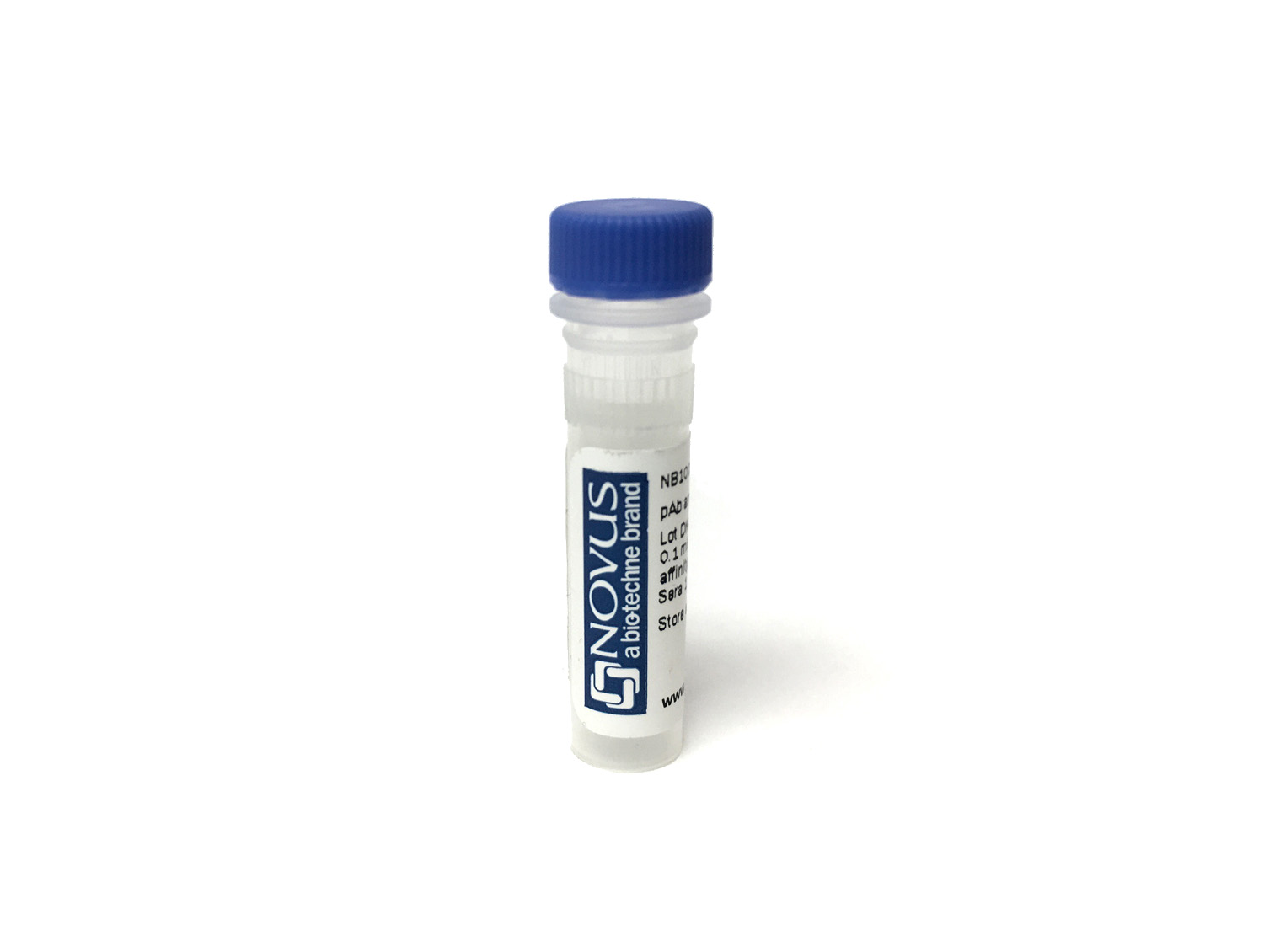EDA/Ectodysplasin Antibody (DMC388) - Chimeric
Novus Biologicals, part of Bio-Techne | Catalog # NBP3-48320
Recombinant Monoclonal Antibody

Key Product Details
Species Reactivity
Human
Applications
Flow Cytometry
Label
Unconjugated
Antibody Source
Recombinant Monoclonal Human IgG1 Clone # DMC388
Concentration
LYOPH mg/ml
Product Specifications
Immunogen
EDA/Ectodysplasin recombinant protein expressed in mammalian cells (Accession# Q92838). The exact amino acid sequence is proprietary.
Clonality
Monoclonal
Host
Human
Isotype
IgG1
Description
This product is shipped at ambient temperature. Store at -20C to -80C for 12 months in lyophilized form. After reconstitution, if not intended for use within a month, aliquot and store at -80C (Avoid repeated freezing and thawing).
Applications for EDA/Ectodysplasin Antibody (DMC388) - Chimeric
Application
Recommended Usage
Flow Cytometry
1:100
Formulation, Preparation, and Storage
Purification
Antigen Affinity-purified from cell culture supernatant
Reconstitution
.
Formulation
PBS, pH 7.4, 5-8% Trehalose
Preservative
Trehalose
Concentration
LYOPH mg/ml
Shipping
The product is shipped at ambient temperature. Upon receipt, store it immediately at the temperature recommended below.
Stability & Storage
Store at -20C in powder form. Store at -80C once reconstituted.
Background: EDA/Ectodysplasin
Alternate Names
Tabby, XHED, XLHED
Gene Symbol
EDA
Additional EDA/Ectodysplasin Products
Product Documents for EDA/Ectodysplasin Antibody (DMC388) - Chimeric
Product Specific Notices for EDA/Ectodysplasin Antibody (DMC388) - Chimeric
This product is for research use only and is not approved for use in humans or in clinical diagnosis. Primary Antibodies are guaranteed for 1 year from date of receipt.
